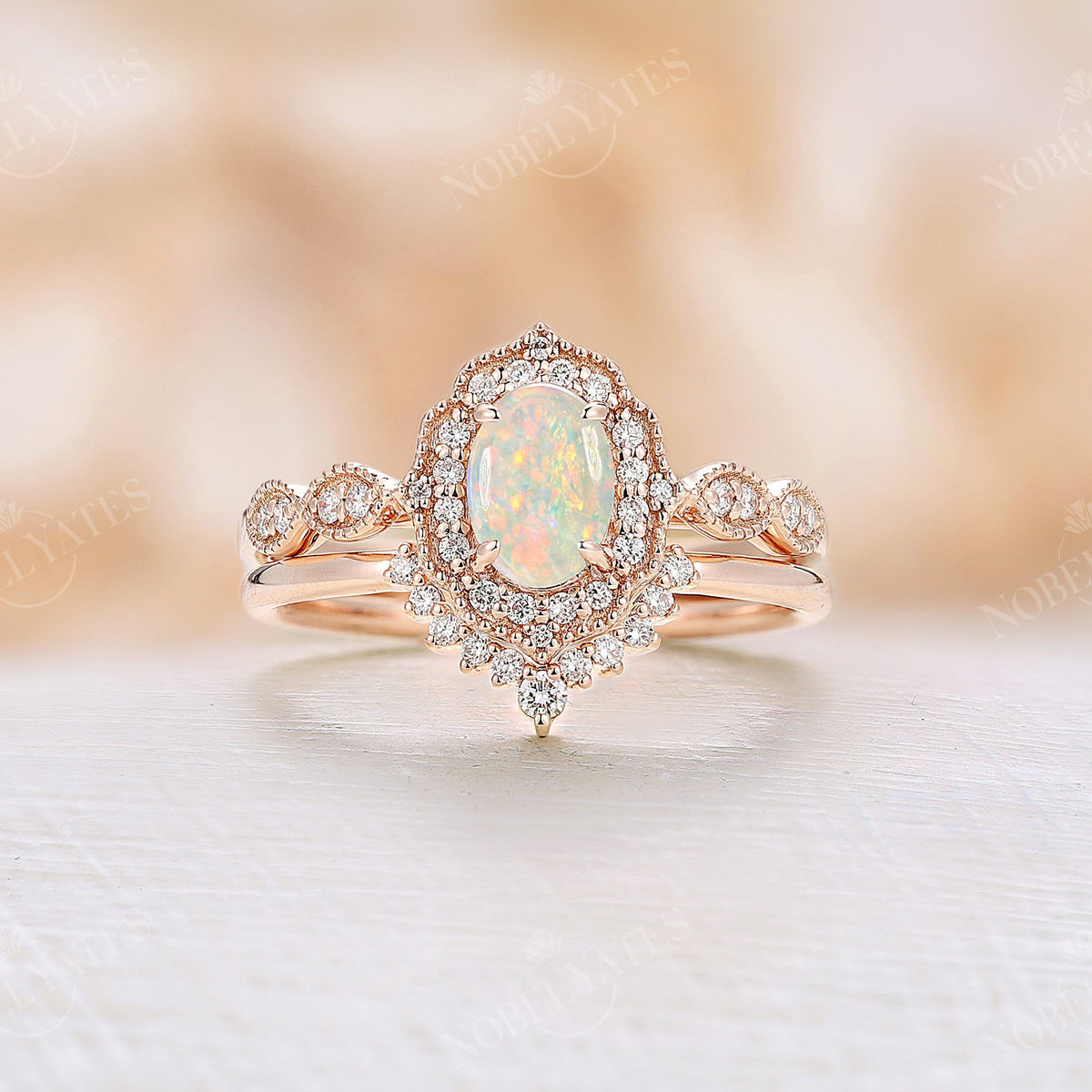When it comes to choosing an engagement ring, opal is a stunning and unique choice that is sure to capture attention. With its mesmerizing play of colors, opal has become increasingly popular among couples looking for something different. In this ultimate guide, we will explore everything you need to know about choosing the perfect opal engagement ring.

Understanding Opals
Before diving into the world of opal engagement rings, it's important to understand what opals are and how they are formed. Opals are gemstones that are formed from silica deposits in the earth's crust. They are composed of tiny spheres of silica that diffract light, creating the beautiful play of colors that opals are known for.
Opals come in a variety of colors, ranging from white and pale blue to vibrant red, orange, and green. The most prized opals are those that exhibit a full spectrum of colors, known as "play-of-color". These opals are highly sought after and can be quite valuable.
Choosing the Right Opal
When choosing an opal engagement ring, there are several factors to consider. The first is the type of opal. There are several types of opals, including white opals, black opals, and boulder opals. Each type has its own unique characteristics and colors, so it's important to choose one that suits your personal style and preferences.
Another important factor to consider is the quality of the opal. Opals are graded based on their play-of-color, brightness, and pattern. The highest quality opals will have a vibrant play-of-color, intense brightness, and a unique pattern. It's important to examine the opal closely and choose one that speaks to you.
The Perfect Setting
Once you have chosen the perfect opal, it's time to consider the setting for your engagement ring. The setting plays a crucial role in showcasing the beauty of the opal and protecting it from damage. There are several popular settings for opal engagement rings, including prong settings, bezel settings, and halo settings.
A prong setting is a classic choice that uses metal claws to hold the opal in place. This setting allows for maximum light exposure and showcases the opal's play-of-color. A bezel setting, on the other hand, surrounds the opal with a metal rim, providing added protection. Finally, a halo setting features a circle of smaller diamonds or gemstones that surround the opal, creating a dazzling effect.
Caring for Your Opal Engagement Ring
Opals are delicate gemstones that require special care to ensure their longevity. To keep your opal engagement ring looking its best, it's important to follow a few simple guidelines. Avoid exposing your opal to harsh chemicals or extreme temperatures, as these can cause damage. It's also important to remove your ring when engaging in activities that may cause impact or abrasion.
To clean your opal engagement ring, simply use a soft cloth and mild soap. Avoid using harsh chemicals or abrasive materials, as these can scratch or dull the surface of the opal. With proper care, your opal engagement ring will continue to shine for years to come.
Conclusion
Choosing an opal engagement ring is a unique and beautiful way to express your love and commitment. By understanding the different types of opals, choosing the right opal and setting, and caring for your ring properly, you can ensure that your opal engagement ring remains a cherished symbol of your love for years to come.


